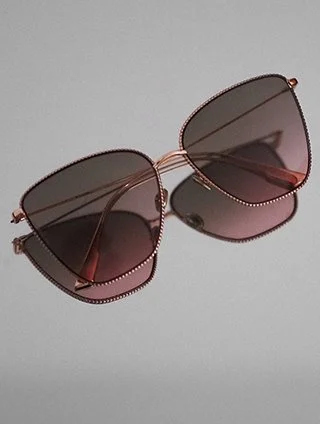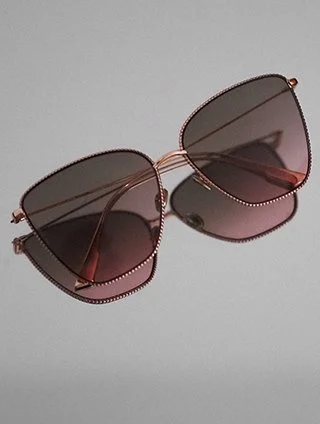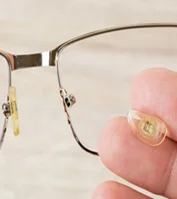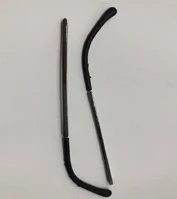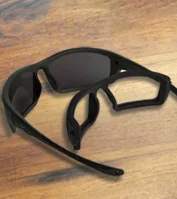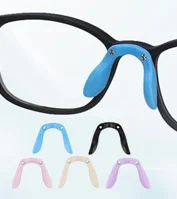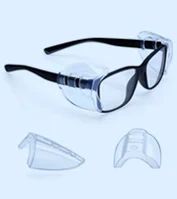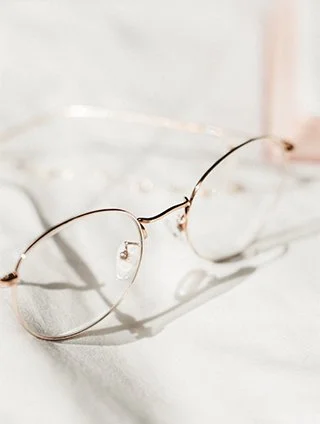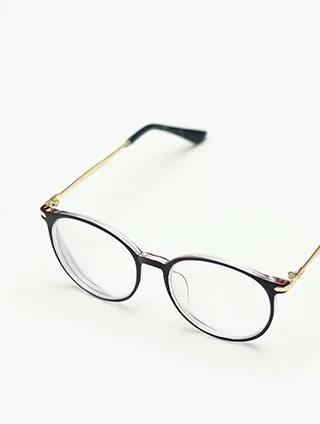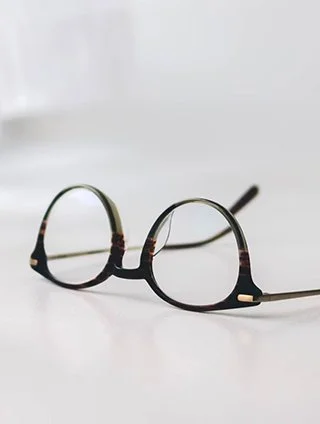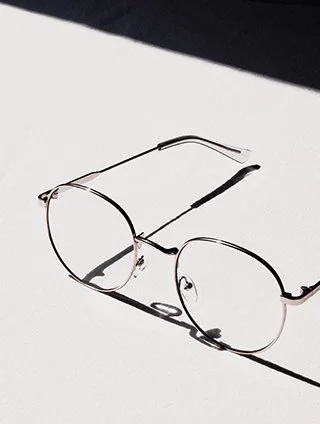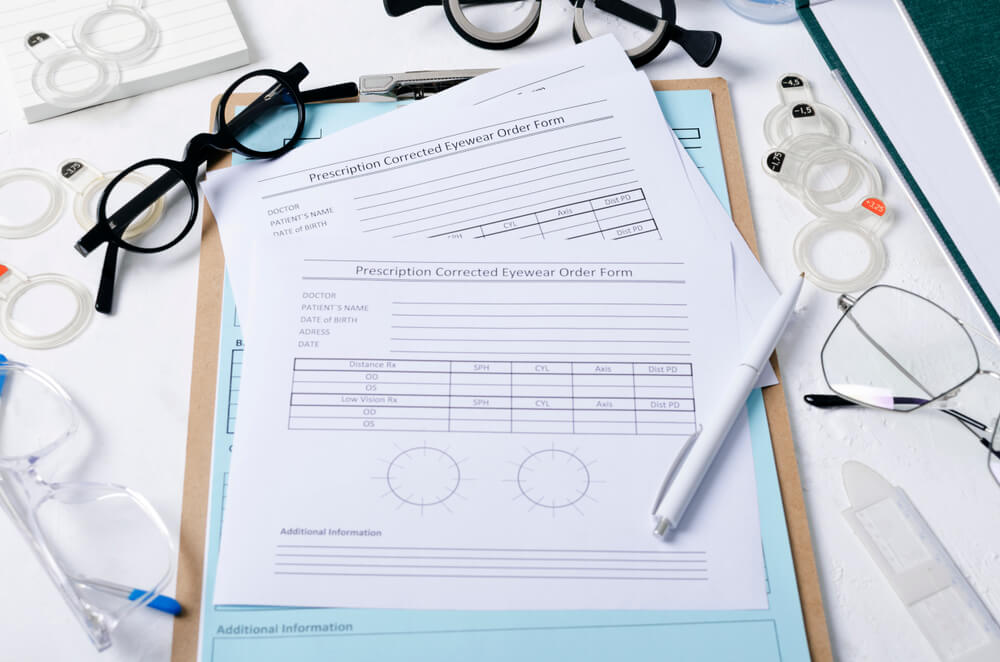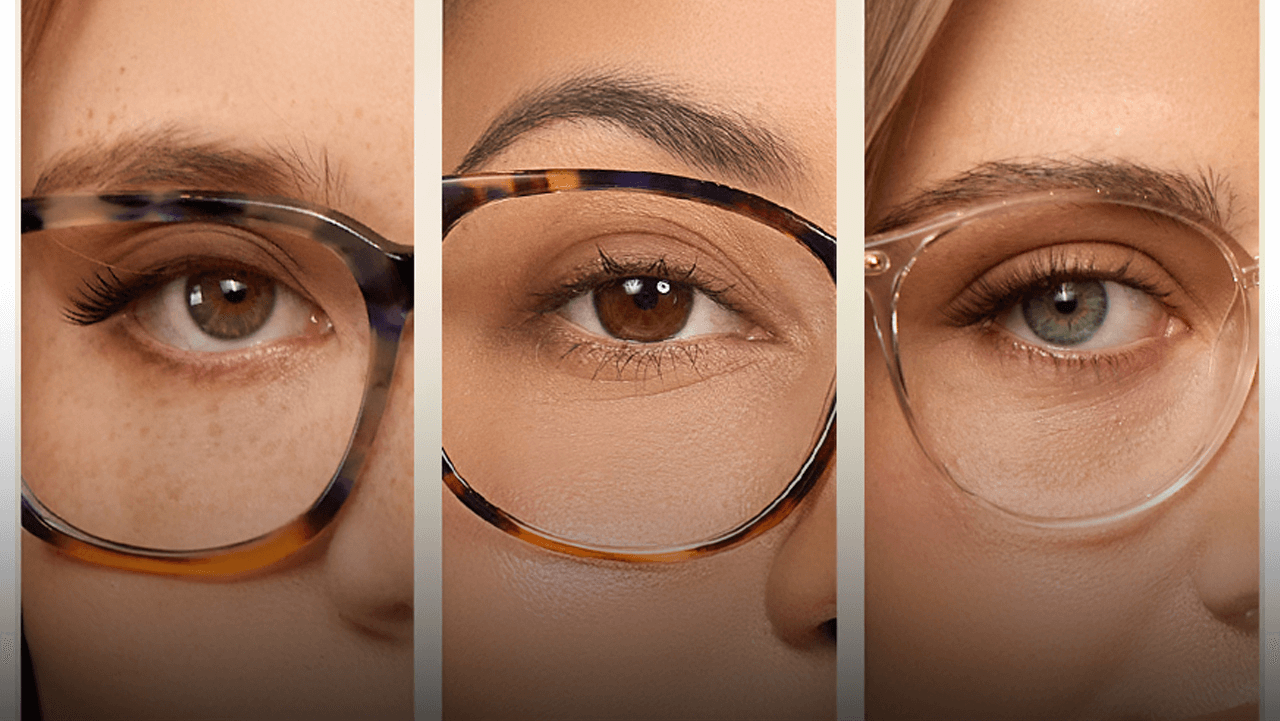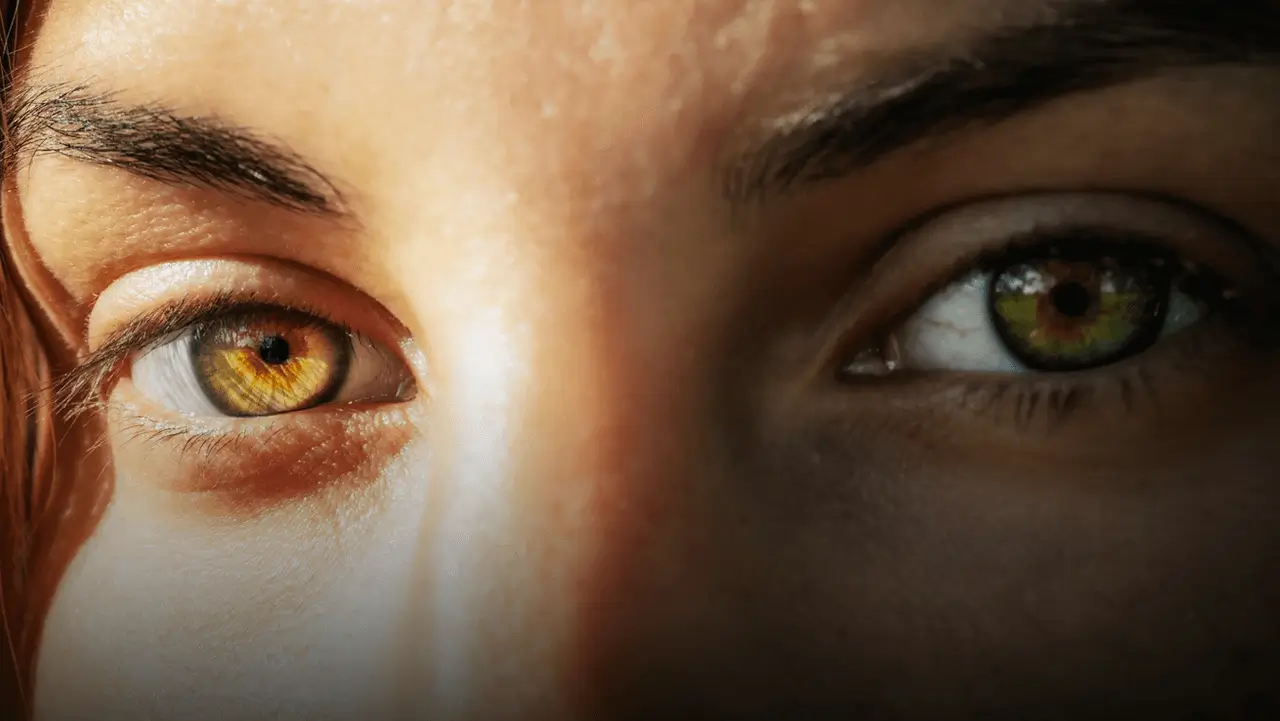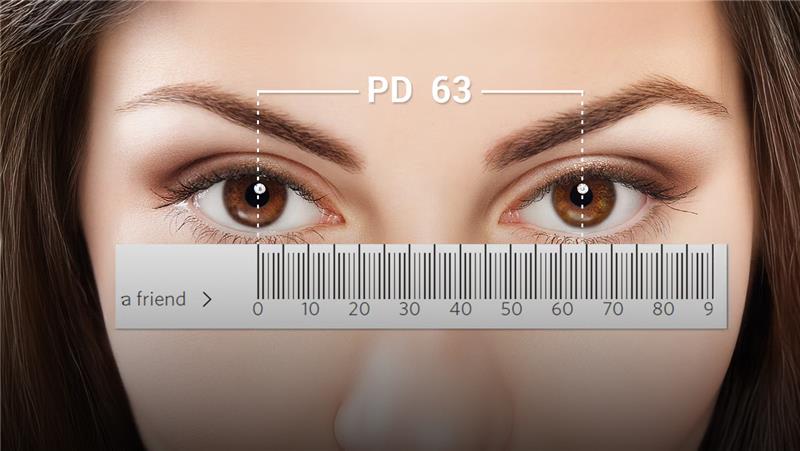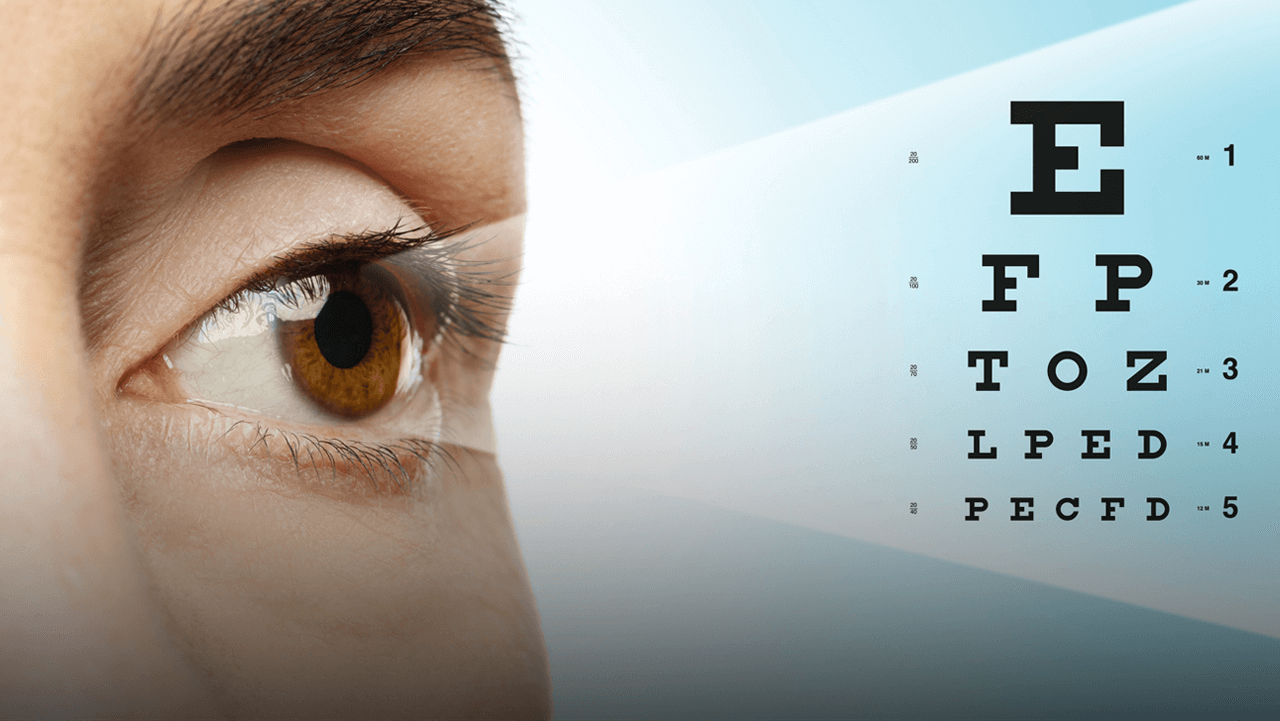Last updated: Wednesday, October 29, 2025
After your eye exam and visit to the optometrist, it's time to pick up your prescription. What's confusing about it, though, is that you're left wondering how all these letters and numbers indicate what kind of glasses you should get. Do not fret. Although eye prescriptions can be complicated, we'll break them down into their parts so you can understand how to read them. It will not only make you more aware of your eyewear, but it also works incredibly well as a party trick.
How To Read Your Eye Prescription?
Your eye prescription, whether digital or on paper, most likely takes the form of a compact grid or chart with rows, columns, and cells. The chart is a confusing combination of whole words, positive and/or negative numbers, and letter abbreviations. Check out our glossary below to learn more about each term, then use what you've learned to apply your understanding to our sample eye prescription chart.
Eye Prescription Chart
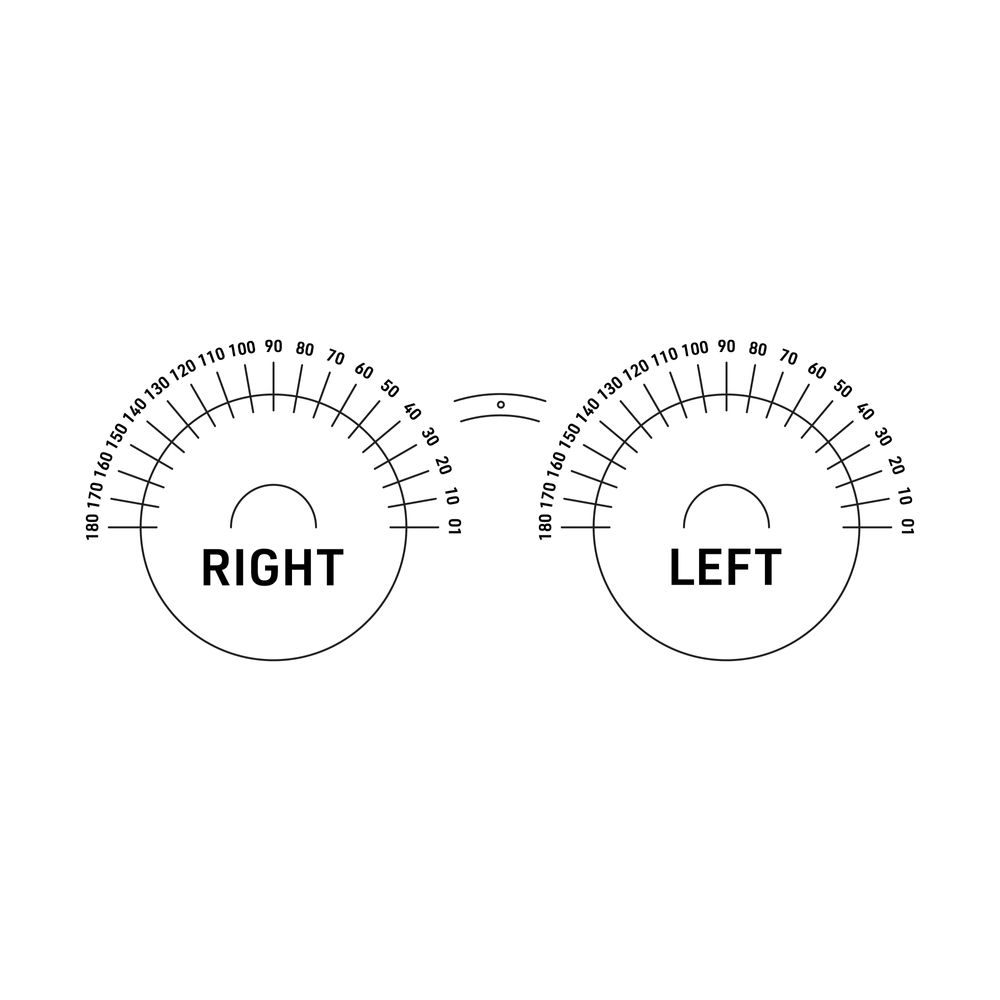
OD
The eye on your right. i.e. right eye in Latin is called oculus dexter or OD. The terms dextrous and dexterity originate from the same root!
OS
Eye on your left. Oculus sinister, or left eye in Latin, is what OS stands for. Your left eye is not inherently more sinister than your right, we assure you—the word here is just referring to direction.
- You both have eyes OU. “Both eyes” in Latin is what OU stands for oculus Uterqüe.
- NV stands for near vision or up close viewing.
- Distance vision, or the ability to see objects far away.
The Pupillary Distance (PD)
.jpg)
The distance between your pupils is known as your pupillary distance. This useful measurement aids in ensuring that the centre of the lens and the centre of your pupils are aligned for the best possible vision. A pupillometer is a specialized device that can measure pupillary distance. It can be measured manually or in several other ways. Ideally, your eye doctor will always include your PD on your prescription. However, not all medical professionals act in this manner. If not, you can measure your pupillary distance online with our convenient tool.
SPH: The Sphere
In this instance, sphere denotes a spherical—that is, equal in all meridians of the eye—correction for nearsightedness or farsightedness.
The Eye Prescription Scale
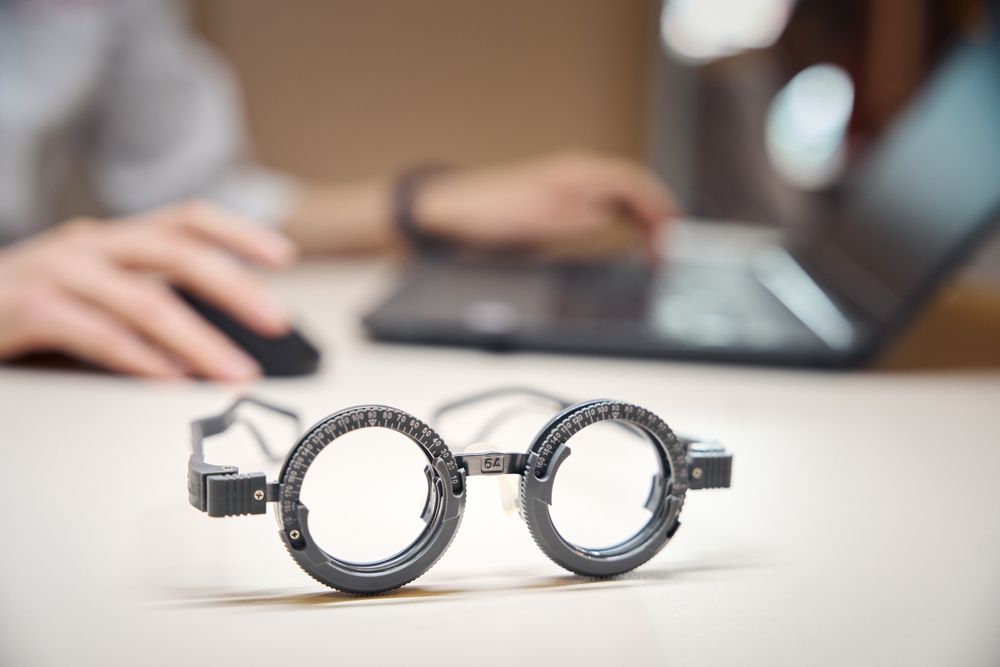
Diopters
The numbers you see in your eye prescriptions, Sphere or Cyl column, represent diopters. Like grams and ounces, diopters are units of measurement. Diopters, on the other hand, measure a lens's refractive power rather than its mass.
If your prescription is higher, meaning you need more optical power, you'll see larger numbers; if it's lower, meaning you don't need as much assistance from glasses or contacts.
Refractive errors can be either positive or negative, and it's important to understand that these numbers can move in either direction on a number line. You wouldn't require any optical power from lenses if you didn't need glasses at all.
Negative Numbers
Myopia or nearsightedness is indicated by a minus sign (-) placed in front of a number. Reading words on a chalkboard from a distance could be difficult for someone who is nearsighted by three diopters, for example.
Positive Numbers:
A plus sign before a number denotes the diopters that are needed to correct hyperopia or farsightedness. Text that is extremely close to the face may be difficult for someone with +3 diopters of farsightedness, for example, to read.
Additional Terms Regarding Your Prescription Eyeglasses
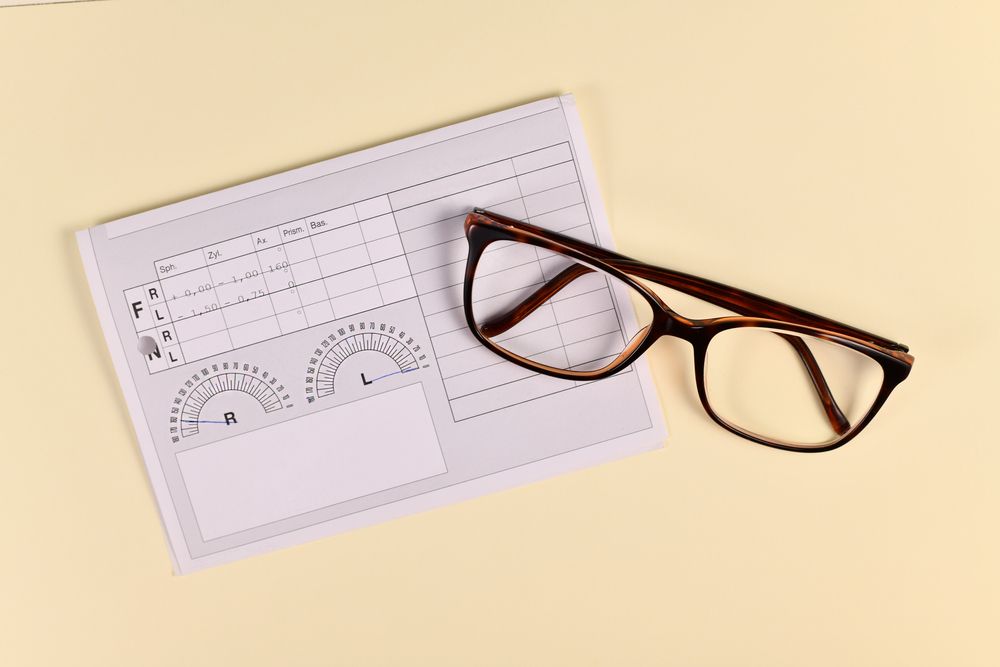
You may see additional terms on your eye prescription, such as the following, depending on the type of lenses you need.
CYL or Cylinder
Only those who have astigmatism should be aware of the term CYL or Cylinder, which describes the lens power required to control it. Your eye's cornea or lens is not entirely spherical if you have astigmatism. For this reason, cylindrical rather than spherical vision correction is required for astigmatic patients. You don't have any astigmatism to correct if your prescription doesn't have a number for this term.
Axis
Once more, this is intended for astigmatics. The orientation of your astigmatism correction is determined by the number (ranging from 1 to 180) on your prescription. Degrees, not diopters, are used to measure the axis. You can't have one without the other—the cylinder and the axis are always connected!
Add
More magnification. If you can reserve a portion of your glasses lenses for extra magnifying power, you can help yourself if you have age-related presbyopia, which makes it difficult to read text up close. It's similar to having regular glasses with built-in reading glasses.
Prism
Double vision is one symptom that can occur when the eyes aren't moving in unison. One condition that results in misaligned eyes is strabismus or crossed eyes. Your doctor may decide to add a prism to your lenses to correct this condition. According to your prescription, which also indicates the direction of the thickest edge of the prism or base, the prism is positioned in a specific orientation and position. BU stands for base up.
Base-down design (BD).
- Base in (BI).
- Base out (BO).
In prism diopters, the prism's unique refractive strength will also be expressed.
Expiration Date
It is important to have regular eye exams to ensure that your eyes are seeing as well as they can. Your eye prescription is likely to change over time. Prescriptions for eyeglasses typically have a year or two before expiring; however, state laws may affect this exact duration. You'll need to schedule an eye exam to renew it after that.
Which Prescription Eye Glasses Are Bad?
There is no such thing as a bad eye prescription—you're probably worried that your prescription is unusually strong. We are frequently asked, "How bad is my eye prescription?" However, we don't engage in that kind of self-deprecating discussion.
In case you are wondering about the boundaries separating mild from severe vision problems, we can inform you that nearsightedness that requires a refractive correction of five diopters or more is commonly referred to as high myopia, while a prescription reading of +5 point twenty-five diopters is appropriate for high hyperopia. These scales may differ between institutions.
One more interesting fact is that individuals with severe nearsightedness or farsightedness may also have problems with their near vision besides their distance vision. It's complicated to correct vision. Your vision isn't “good” or “bad,” rather, it just requires a certain quantity of fashionable technology to be as sharp as you desire.
Will You Need to Change Your Prescription Eyeglasses?

Unless they are the expected outcome of a treatment or injury, significant changes in your vision prescription over time are abnormal and should be looked into. However, little steady changes are undoubtedly possible, particularly as you and your eyes become older.
In your later years, for instance, you should anticipate developing presbyopia (which usually strikes in our forties). When that occurs, you may want to replace the progressive lenses in your regular frames or purchase a pair of reading glasses.
Margo Frame for Reading with Progressive Eligibility
It is a good idea to have your eyes checked annually, even if you don't think your vision has changed and you're not experiencing any concerning symptoms. Your optometrist will keep an eye on your eye health and adjust your prescription as necessary if you have annual eye exams.
How About Prescriptions for Contact Lenses?

One may wonder if the prescription for their glasses and contact lenses is the same. Contrary to what you might think, contact lenses rest directly on your corneas while glasses are positioned slightly apart from your eyes. Because of this distance, their prescriptions might not work together.
Furthermore, the doctor might need to modify your contact prescription because contact lenses have parameters set by their manufacturers. These changes can also help you distinguish between the prescriptions for contacts and glasses. The brand name of the contact lens you've been prescribed must be listed on your prescription, even if the values on your glasses and contact lens prescriptions are the same.
In addition, your optometrist must add fit-related information to your contact lens prescription. Yes, exactly like everything else you wear your contacts must fit you. The two measurements listed below ought to be present on your prescription for contact lenses.
Base Curvature (BC)
Your contact lens's natural curvature should be comfortably molded to match its curvature. In millimeters (mm), this measurement consistently ranges from 8 to 10.
Diameter (Dia)
The diameter of a contact lens is its width measured in millimetres, just like in standard math. 13–15 mm is the typical width for contact lenses.
You cannot buy contact lenses if you do not have all of the above information. If you would like to wear contacts besides or instead of glasses, please let your eye doctor know when you schedule your exam. Just submitting your glasses prescription will not suffice. In this manner, they will be aware that a contact lens fitting is necessary to evaluate the fit and vision of the contacts.
An Illustration Of An Eye Prescription Chart

Still unclear? Let's examine an illustration of a prescription chart:
- 1.00 Eye Prescription: How Bad is that?
In general, your eyesight gets worse, and you require more vision correction, no matter how far from zero you travel (regardless of whether the value is positive or negative). Hence, +1.00 and -1.00 are fairly low; you only want 1 diopter of correction, so your eyesight isn't that poor.
- Is 1.75 Eyesight Bad?
Moderate vision impairment is indicated by a 1.75 prescription, either -1.75 for shortsightedness or +1.75 for farsightedness.
- 1.25 Eye Prescription: How Bad Is That?
What does +1.25 mean on a Prescription Eyeglasses Order? A patient with a minor degree of farsightedness, indicated by a value of +1.25 diopters on their eyeglass prescription, may have blurry nearsightedness when reading or performing other close-up work.
- 2.00 Eye Prescription: How Bad is That?
Your nearsightedness is light within the range of -0.25 to -2.00. In the range of -2.25 to -5.00, your nearsightedness is considered moderate. Your nearsightedness is high if your prescription is less than -5.00.
- 0.75 Eye Prescription: How Bad Is That?
Most people's prescriptions are low, ranging from 0.5 to 0.75 D. They might not realize this in their daily lives. If the measurement is greater than 75 D, the wearer may require contacts or glasses to correct their vision.
- 1.50 Eye Prescription: How Bad Is That?
With this prescription, which is for the left eye, your nearsightedness is calculated to be 1 and 1/2 diopters. It is regarded as a moderate case of nearsightedness.
- 0.25 Eye Prescription: How Bad Is That?
What does an eye prescription with a +0.25 mean? A person with a +0.25 eye prescription has minor hyperopia, or farsightedness, which is the inability to see objects up close.
- 2.25 Eye Prescription: How Bad Is That?
-0.25 to -2.00 is mild. In the middle: -2.25 to -5.00. Severe: less than -5.00.
- 0.50 Eye Prescription: How Bad Is That?
Your ophthalmologist might recommend values as small as—/ +0.50 dioptres. Even with a prescription this low, wearing glasses may still be helpful for reading, operating a computer, and driving. They may only have a minor effect on your total vision.
- 1.75 Eye Prescription: How Bad Is That?
Moderate vision impairment is indicated by a 1.75 prescription, either -1.75 for shortsightedness or +1.75 for farsightedness. When someone is farsighted, they can see far objects better than nearby ones; when they are shortsighted, they can see close objects effortlessly than distant ones.
It's Your Right to a Prescription for Eyewear
You have a legal right to a copy of your prescription for eyeglasses, as stated by the Federal Trade Commission. One should be given to you by your eye doctor following your examination, or upon request at any time.
You don't need to buy glasses from their clinic to obtain your eye prescription, and you shouldn't ever have to pay a fee to use them. We advise keeping a copy close at hand to simplify online contact and glasses shopping.
Finding frames that let you feel amazing is all that's left to do once you fully comprehend your eye prescription!
FAQ's
How to Read an Eye Prescription Chart?
Find the abbreviations for each eye on an eye prescription chart: OS for the left eye and OD for the right. To find out if you are nearsighted or farsighted, look for values under SPH (spherical), which are denoted by plus or minus signs.
Does Pupillary Distance Change?
Indeed, as the face develops during childhood and adolescence, pupillary distance can shift over time. It usually stabilizes after adulthood gets here, though aging or changes in facial structure might still cause slight variations.
What Prescription is Legally Blind?
Even with prescription lenses, a person is legally blind if their visual acuity is 20/200 or lower. Accordingly, they are only able to see 20 feet what a person with normal vision can see 200 feet away.
How To Read an Eye Prescription Chart?
The first step in reading an eye prescription chart is to recognize the abbreviations: OS for the left eye and OD for the right. To find out if you are nearsighted (negative) or farsighted (positive), look for the SPH (spherical) numbers.




